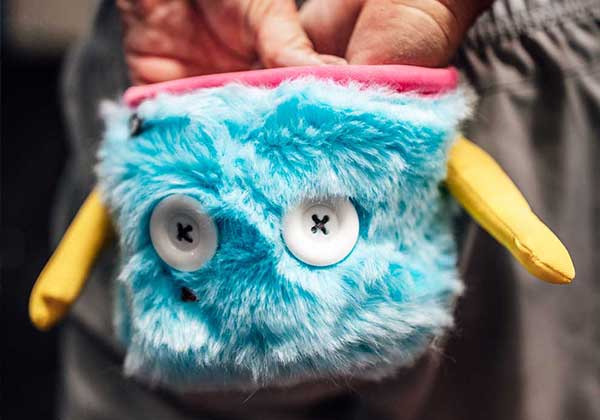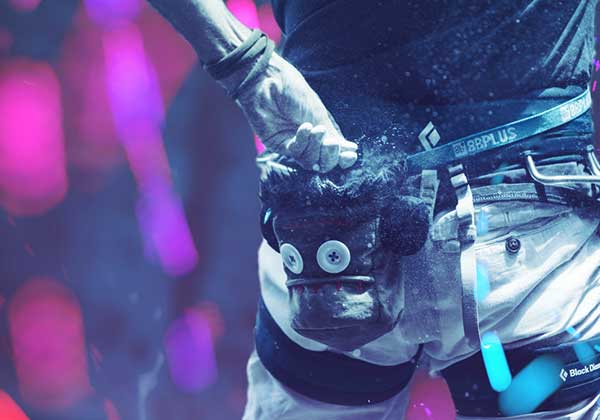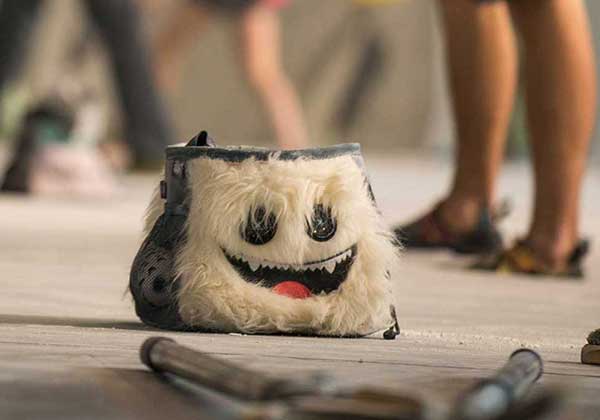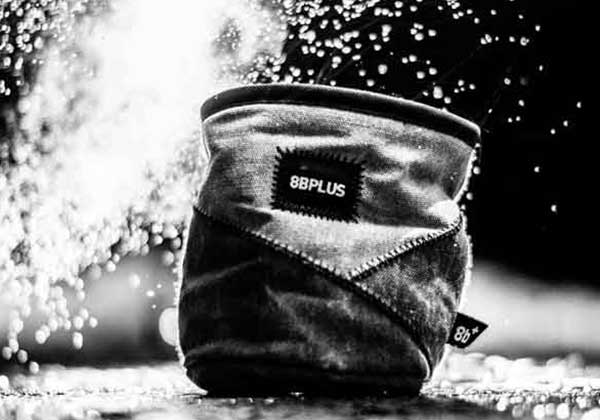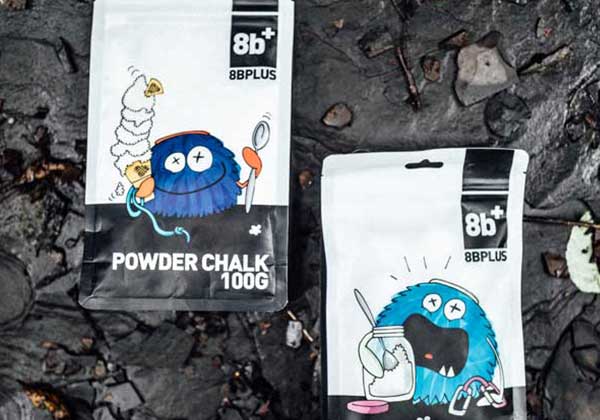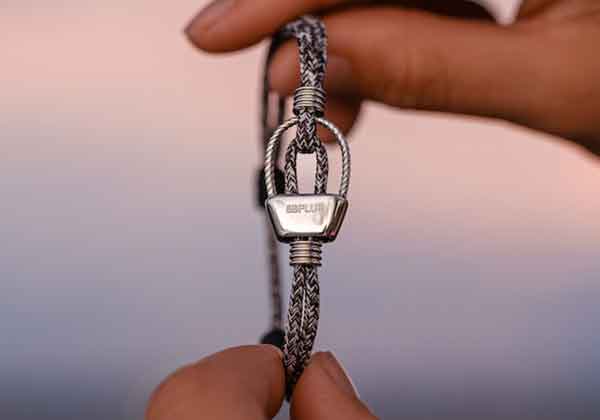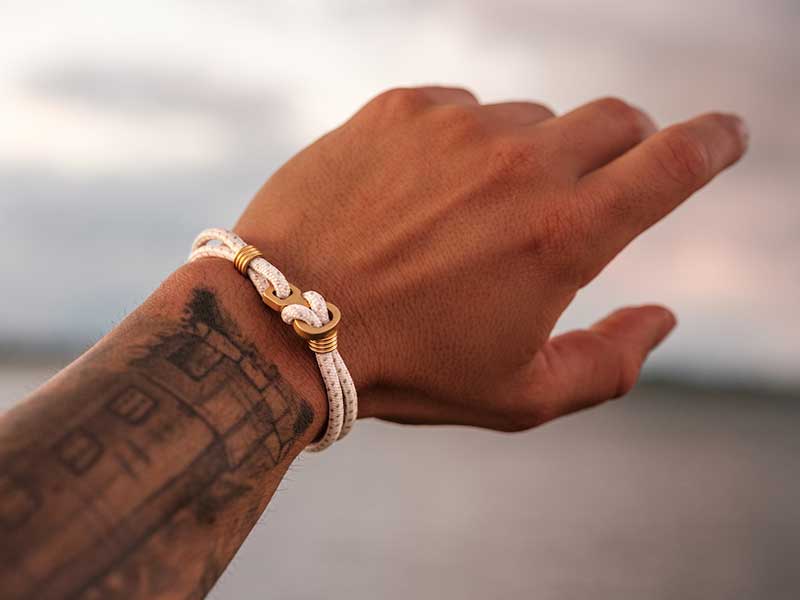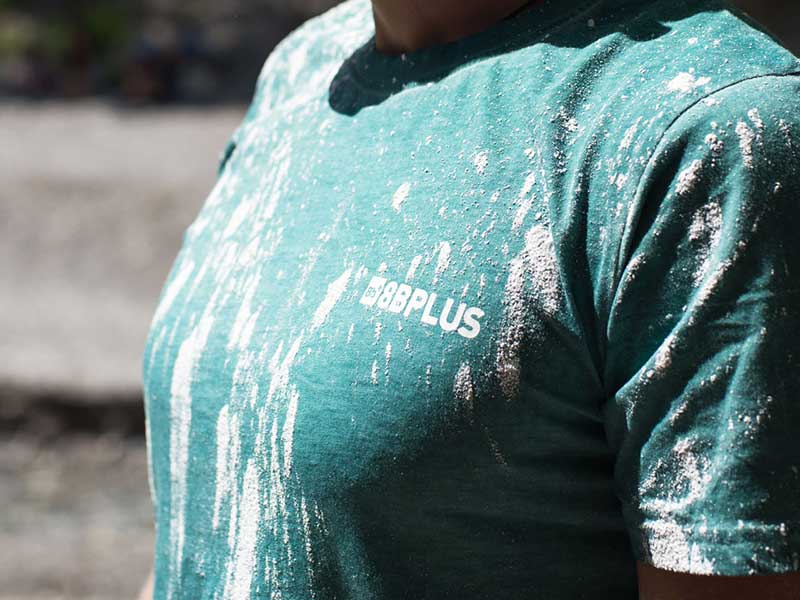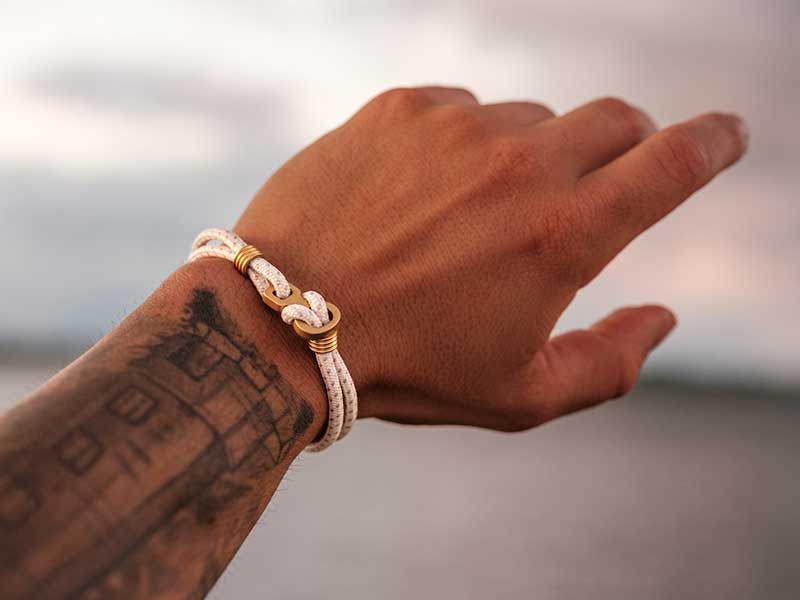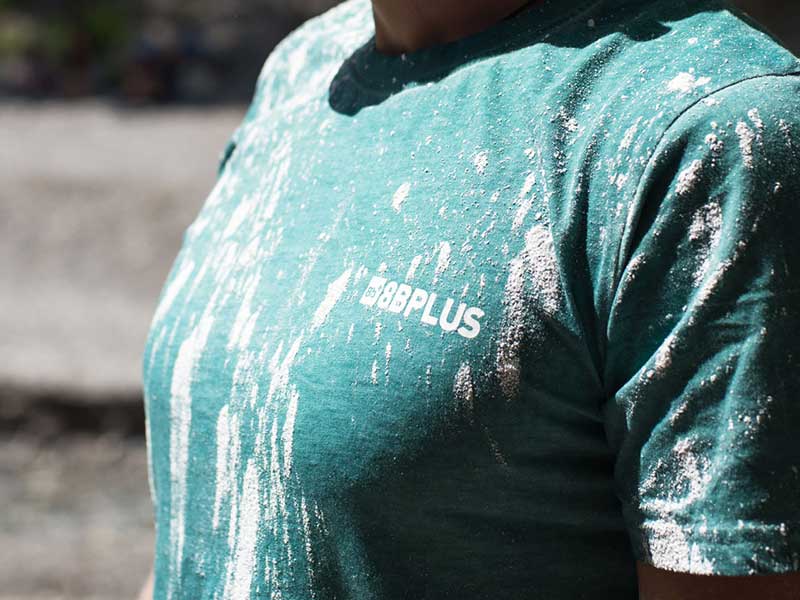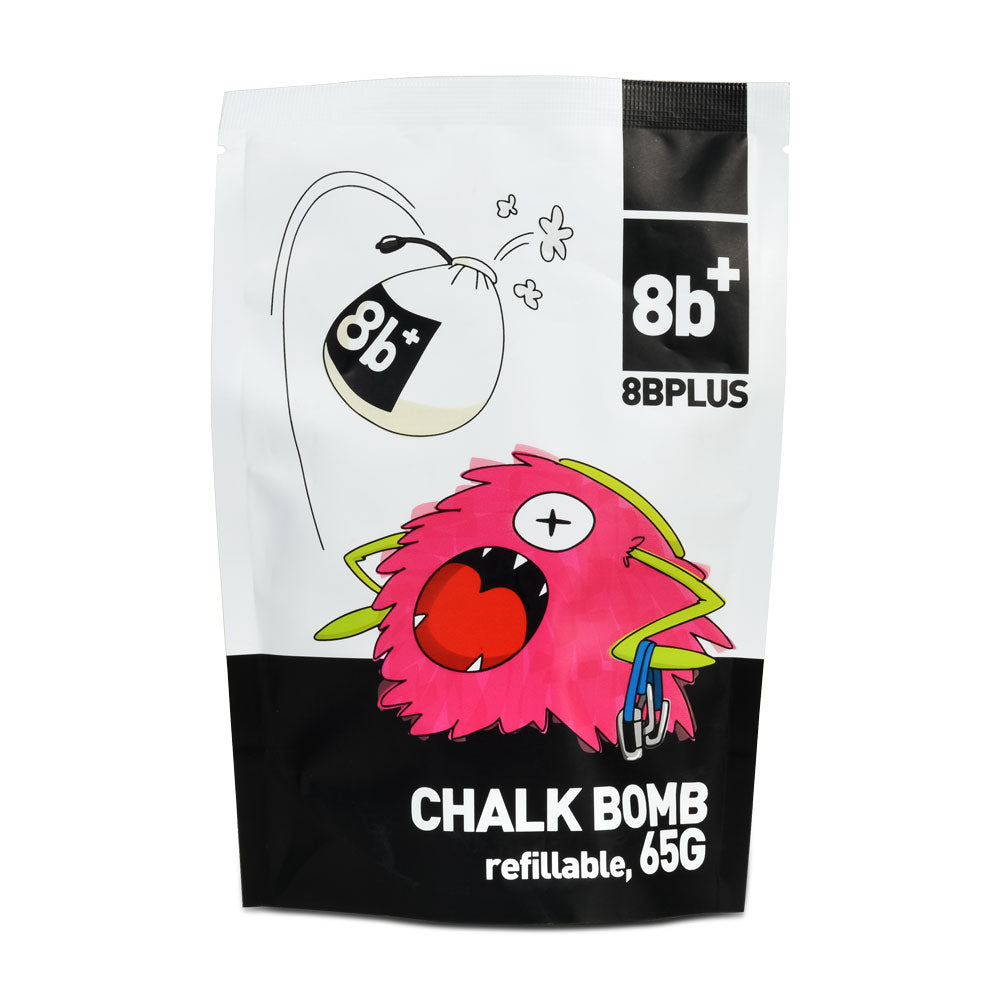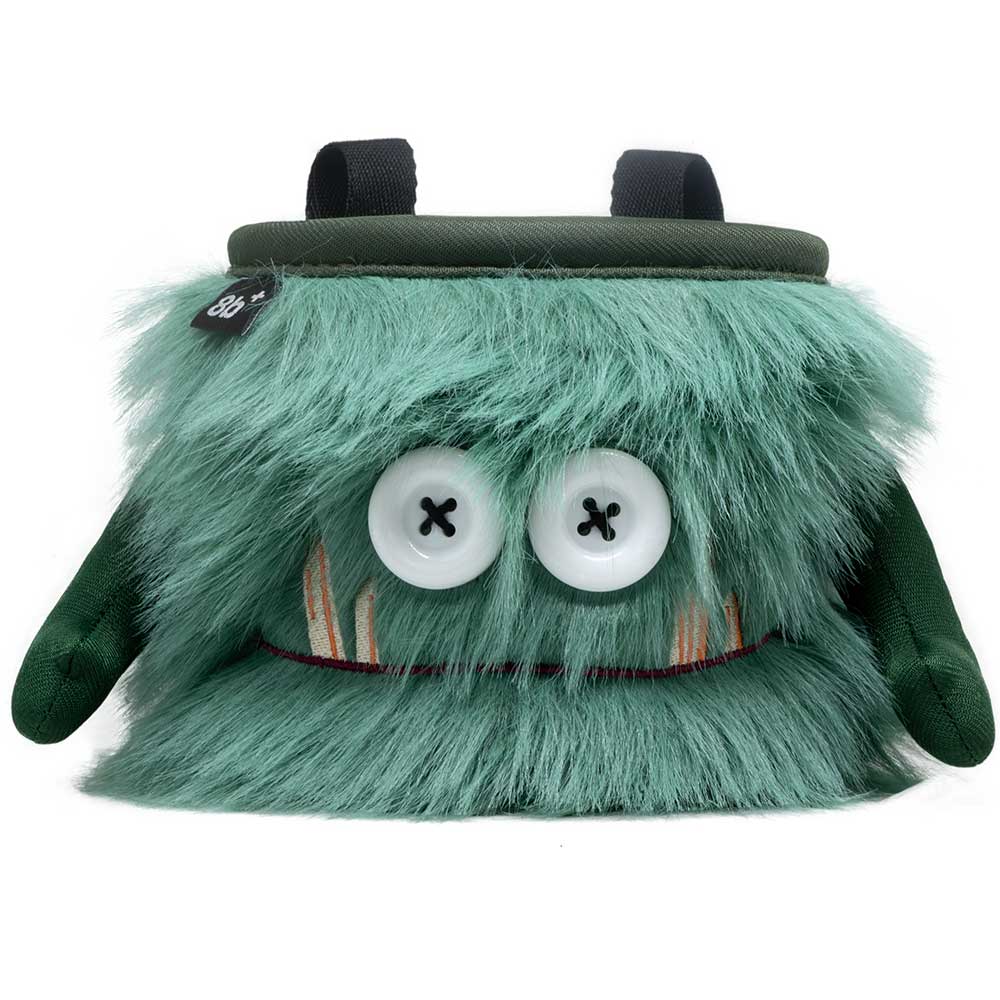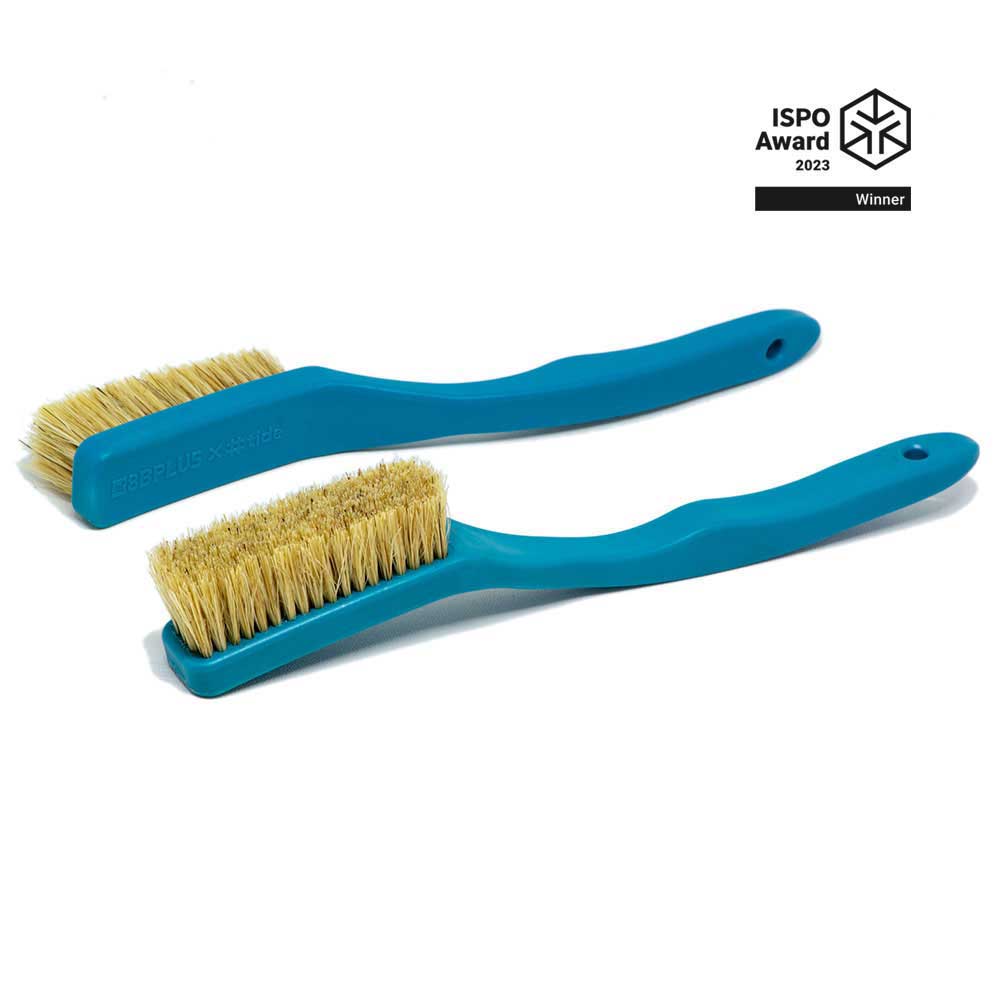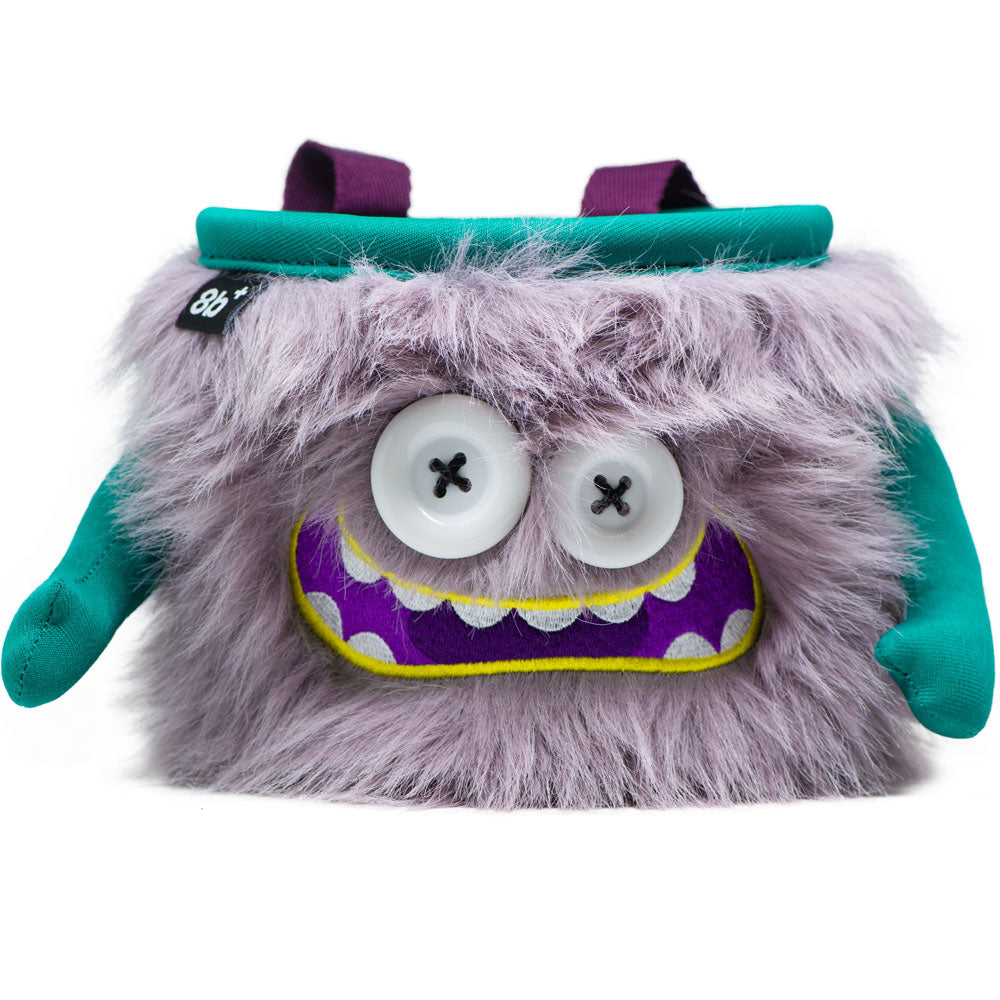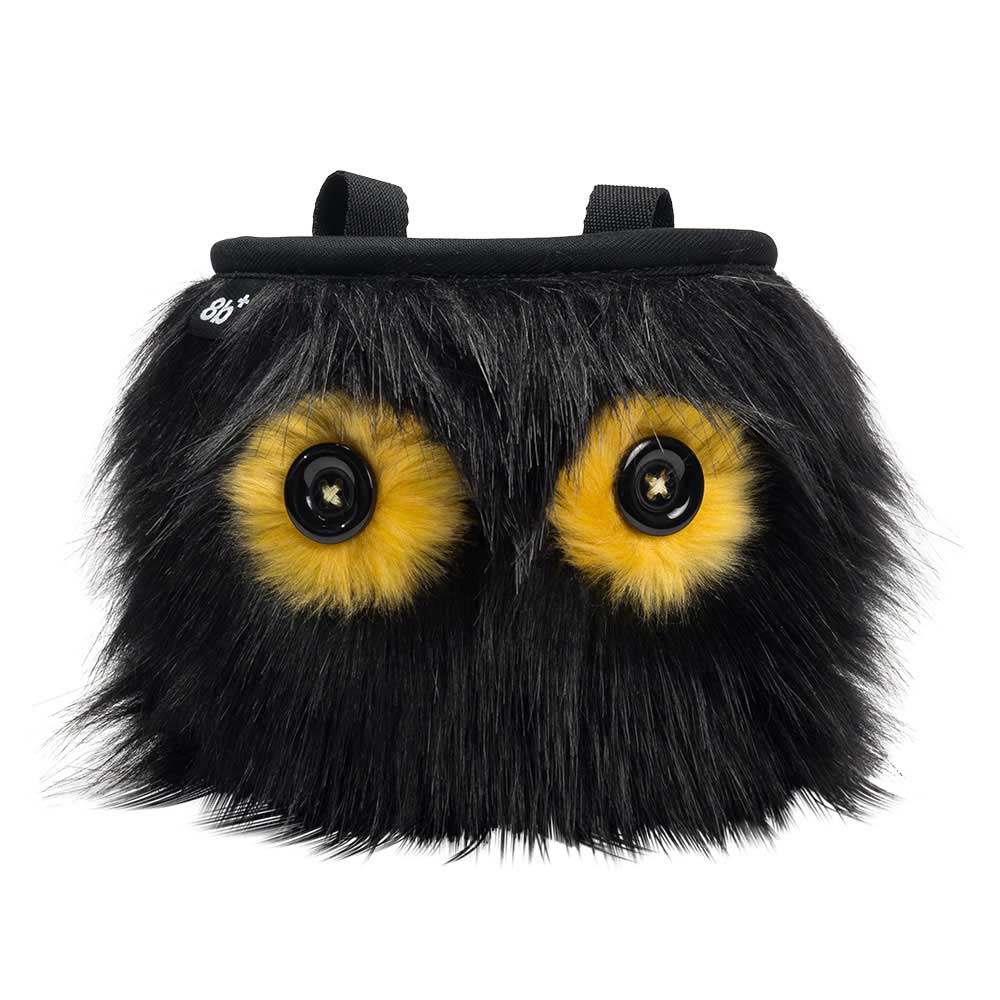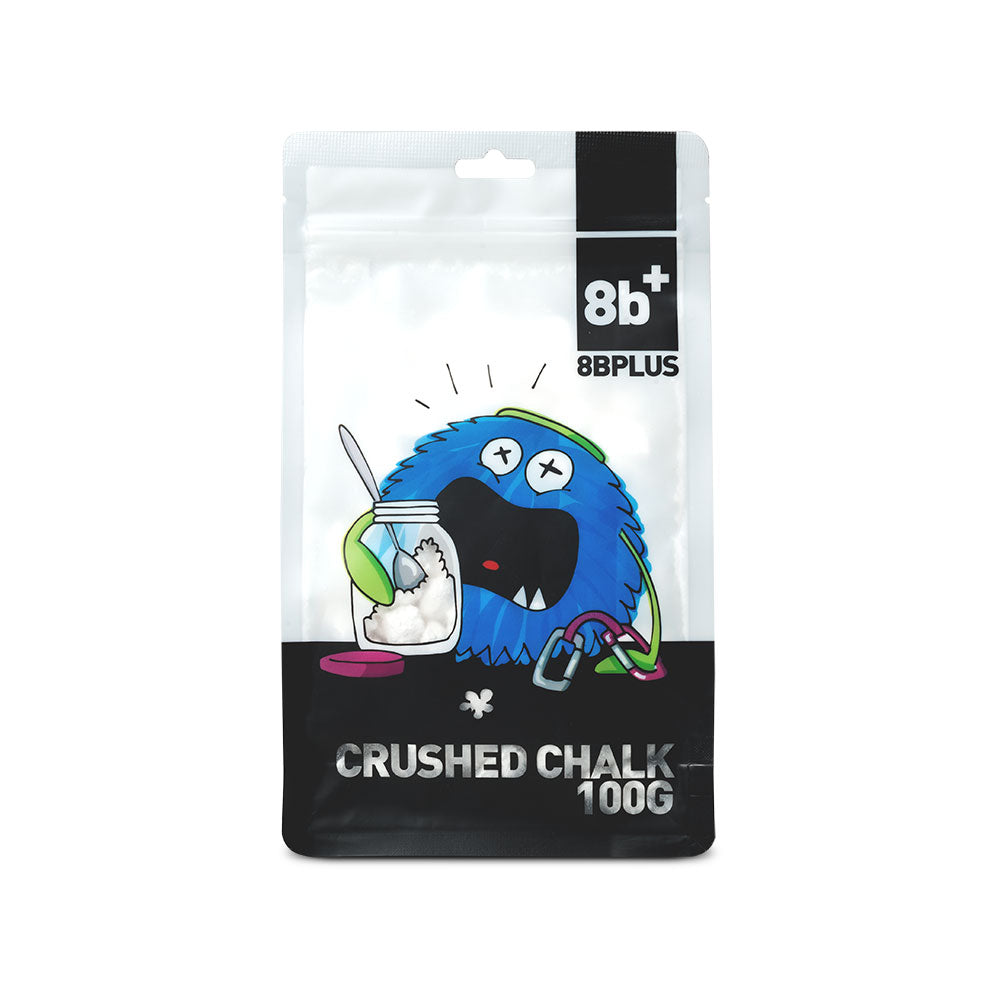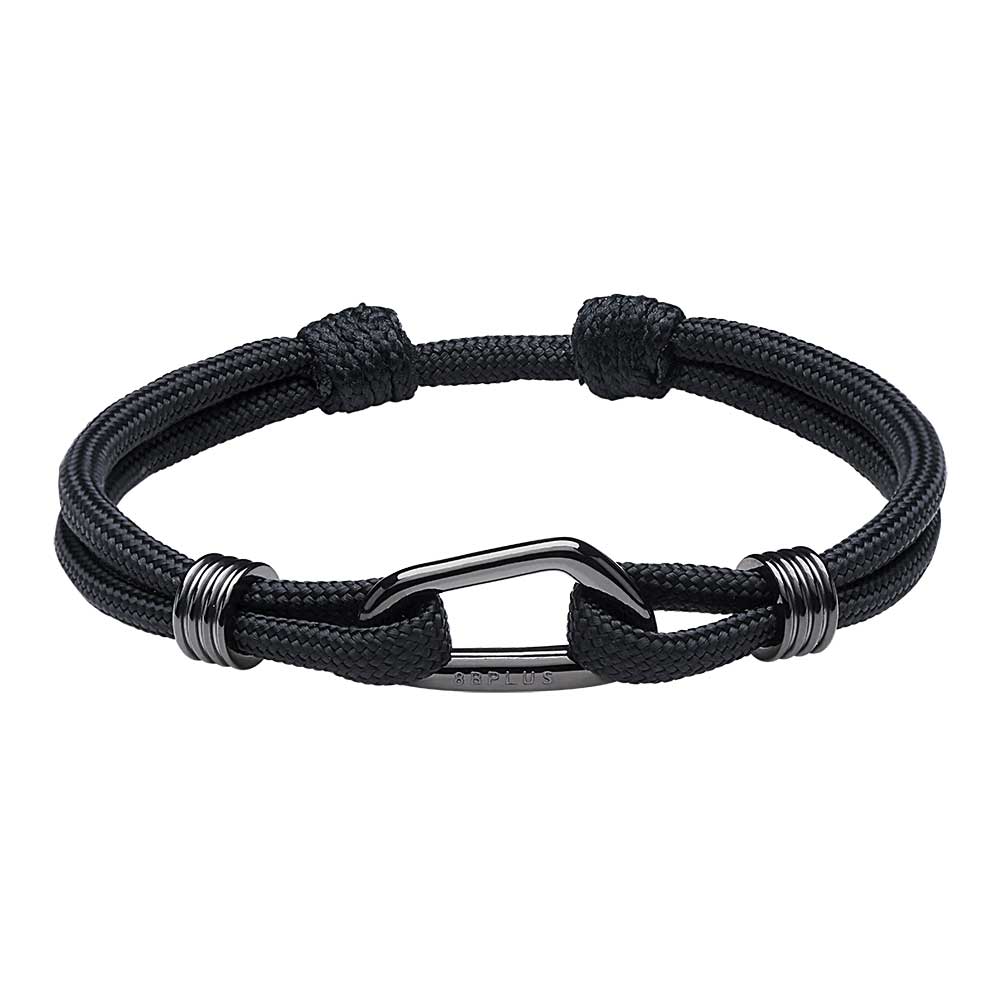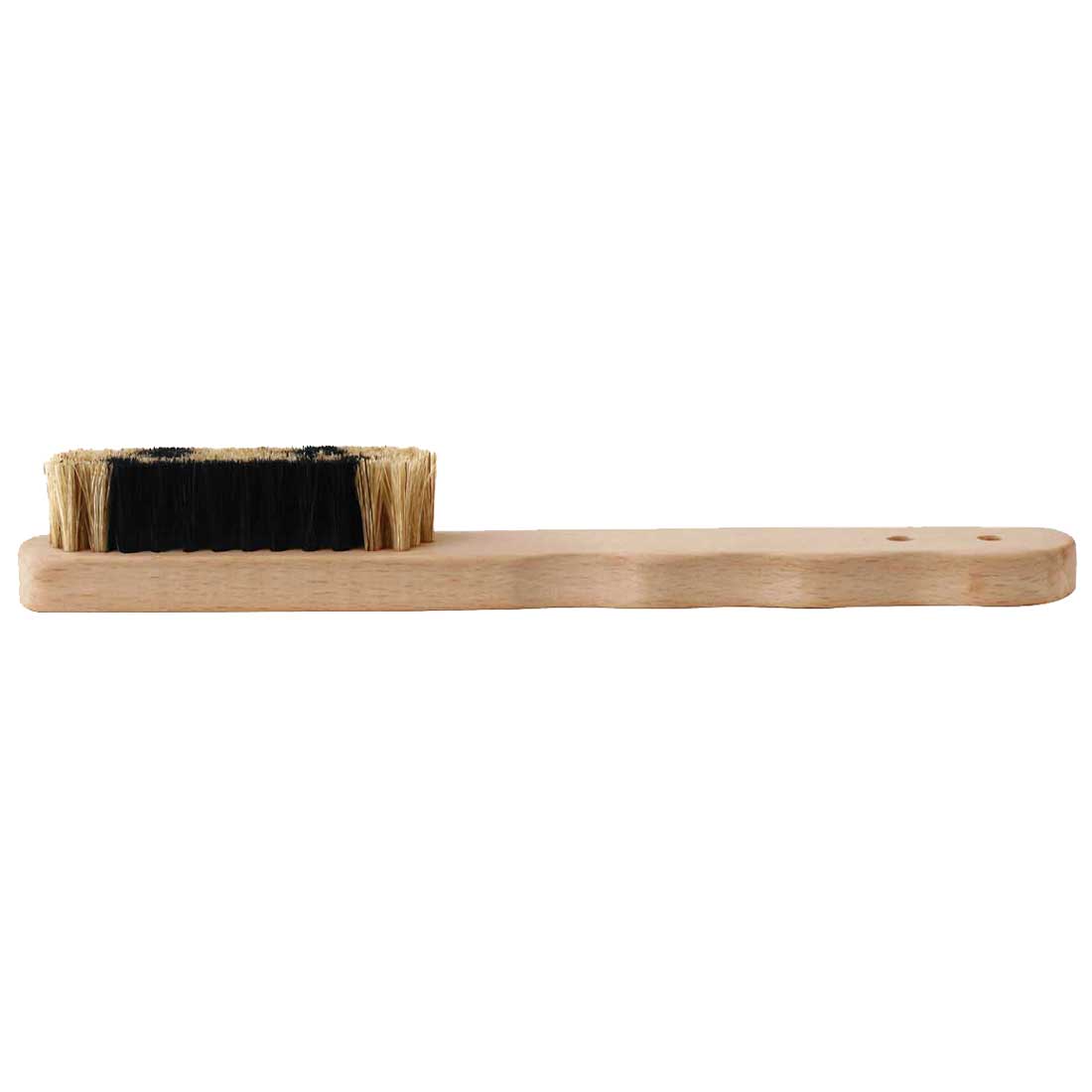
Peppi II Talks Chalk
If you ask Peppi II what climbing chalk is and why you need it, his answer will be a snack and to feed him. We all know it’s more than that.
Climbing chalk is made out of magnesium carbonate (Mg CO3) to minimize perspiration on hands. It is different from the chalk used in schools to write on blackboards (which is calcium sulfate).
Like gymnasts and weightlifters, climbers use chalk to keep their hands dry and secure on small handholds. For rock climbers, just a bit of moisture on your hands can be the difference between success and failure.
Climbing chalk is essential to rock climbing. Climbing chalk also adds a barrier of protection that helps prevent cuts to the hands while climbing the rugged surface.
Climbing Chalk 101 with Peppi II
Climbing chalk can be purchased in four different types: blocks of gymnast chalk; powdered chalk; chalk-filled fabric balls; and liquid chalk. Peppi II likes to eat the powdered kind.
Blocks of Chalk
Since John Gill introduced gymnastic chalk to climbing back in the 1950s, climbers have used rectangular 2-ounce blocks of chalk to keep their hands dry.
The blocks are made of magnesium carbonate without additives. You can buy it in packs of eight that weigh a pound. Climbing stores will also sell a single individually-wrapped block for about a dollar.
To use, crumble it in your chalk bag and apply as needed.
The disadvantage of this type is you may have uneven chunks in your chalk bag. And it can get messy.
Powdered Chalk
This kind of chalk is already crushed into fine dust and is easy to pour into chalk bags. For Peppi II, it is the best kind of chalk.
Powdered chalk is more expensive than blocks. It can be messy and easily spills. So don’t overfill your chalk bag. Although, Peppi II will beg to differ.
Warning: Many indoor climbing gyms do not allow powdered chalk since fine chalk dust lingers in the air. It can clog the gym’s ventilation system (and climbers’ lungs).
Chalk Balls
Chalk balls are small sacks of powdered chalk inside a mesh bag.
Some indoor climbing gyms require chalk balls. Chalk is less likely to spill on the floor, and the dust is minimal. Plus, it is easy to apply to your hands.
These also last longer than loose chalk since the chalk is contained, so you use less of it.
The only downside is that it can be difficult to coat your hands thoroughly with a chalk ball.
To use, just toss the ball in your chalk bag.
Liquid Chalk
Liquid chalk is a specialty chalk product specially designed for climbers in indoor gyms.
Liquid chalk is easy to apply and lasts longer than regular chalk. You won’t get puffs of white dust in your face either! But we are sure you don’t mind that.
Liquid chalk also leaves less residue on the rocks. It also needs fewer applications than the alternatives. In a competition, this might be important.
To use squirt onto your palms, spread, and let it dry. After the alcohol in the chalk dries, a dry white base layer of chalk covers your hands.
Back to the Rocks!
Now that you know all about the pros and cons of different chalks get back to the rocks. While you’re at it, let the world know you are a climbing enthusiast with cool handmade wristband jewelry.
